Whether it’s at school, university, the workplace, or in the mirror at home, there’s a high chance you’ve seen someone suffer from acne. Acne is so widespread that the National Institute of Arthritis and Musculoskeletal and Skin Diseases estimates 80 per cent of people aged 11 to 30 suffer from this affliction at some point. Given its infamy, just how much do you know about the different types of acne? We’ve compiled information on 3 types that might seem unfamiliar.
Pomade Acne
Lock away greasy and heavy hair products if you’re breaking out along your hairline, temples, forehead, and all over your scalp. Pomade acne, as its name suggests, is caused when certain hair products leave a residue on your skin, resulting in clogged pores and ultimately recurrent pimples, whiteheads, and blackheads. From waxes and gels to shampoos and conditioners, pomade acne can flare up if these products are comedogenic – that is, filled with ingredients like petroleum jelly or a mineral oil that block up pores.
To help combat pomade acne, try switching out your hair products to water-based ones, and try to reduce skin contact when applying them. On top of this, be sure to thoroughly wash your face both morning and night to avoid product build-up.
Body Acne
Body acne is a common affliction that isn’t always discussed because what you don’t see can’t hurt, right? Often caused by an array of internal and external factors like poor nutrition, continual sweating, tight clothing, and pore clogging moisturisers, body acne can be extremely painful and disheartening – especially when beach weather swings around.
Different areas of the body can be affected by certain elements. For instance, chest acne can be increased by menstruation and the pill in some woman, where hormone levels can become unbalanced, resulting in increased sebum production. For many, sports gear can also cause breakouts on chests, backs, and legs (this type of acne is also coined sports induced acne or acne mechanica).
When it comes to treating body acne, take a look at what kinds of clothes you’re wearing. Are they restrictive? If so, opt for light-weight clothing that gives you room to breathe and reduces acne-causing friction. If you do wear sporting gear and compression clothing, be sure to wear absorbent material under your gear and shower and exfoliate well after you’re finished with them. Cotton or bamboo underwear may also be helpful in tackling acne and even heat rashes.
If you’re concerned about acne that is located on your arms and legs, be sure to rule out separate skin conditions like keratosis pilaris with a dermatologist.
Nodular Acne
Formed by pore blockages deep in the skin, nodular acne is characterised as a painful, hardened lesion that can be difficult to treat. Nodular acne is thought to be brought on when a person is experiencing higher levels of androgens, which increases sebum production. On the surface, this type of acne looks like a large, red bump, and even after weeks and sometimes months of healing time, the sufferer can be left with a pitted scar.
If you’re suffering from severe nodular acne, you should seek treatment from a dermatologist. To help balance your hormones and heal painful acne, take a look at SkinB5’s Acne Control Tablets, which are filled with naturally powerful ingredients.
Acne is one of the most common skin conditions in the world today. Understanding the different types of acne is helpful in knowing how to avoid or treat them at each stage of your life. Stay in the loop with more acne-busting information by following our Instagram and Facebook accounts.
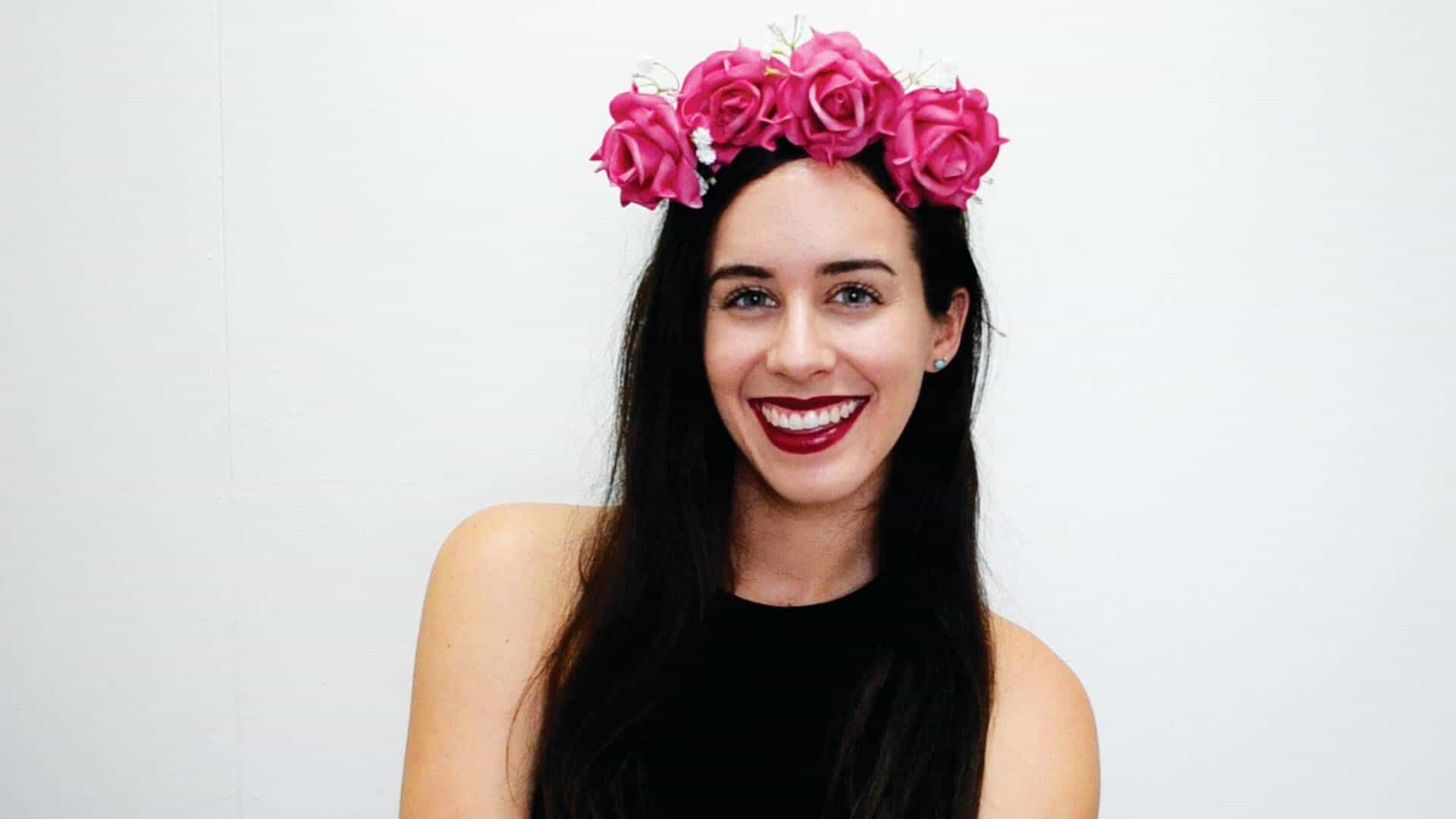
Renee is a 20-something writer who has a love-hate relationship with fictional characters. If she doesn’t have her eyes glued to the big screen, you’ll find her chasing sunsets by the water. Having grown up with sensitive skin, she’s passionate about sharing and celebrating natural products that really work.


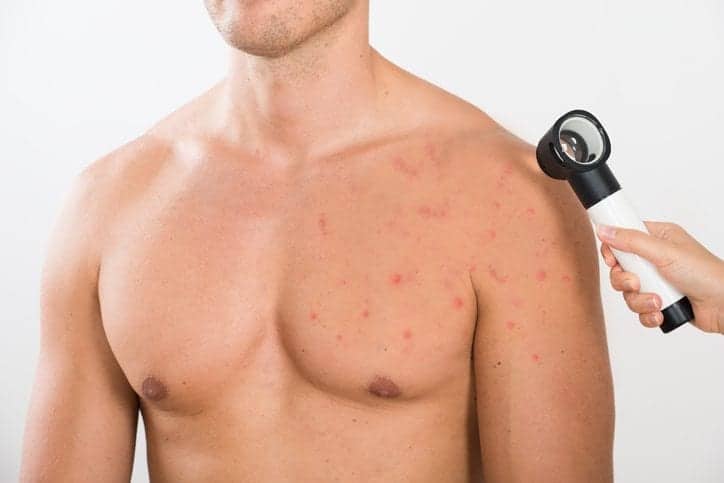
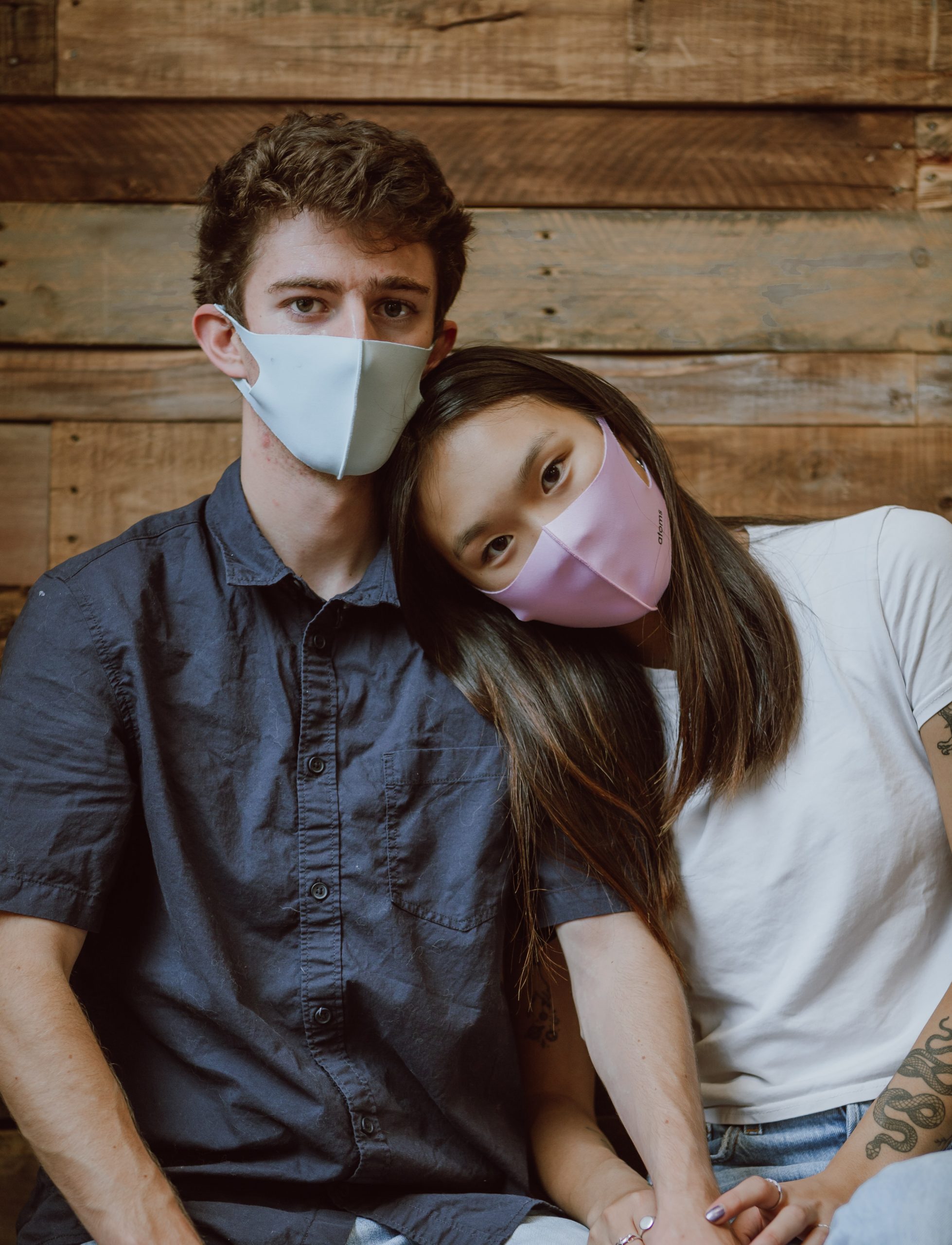
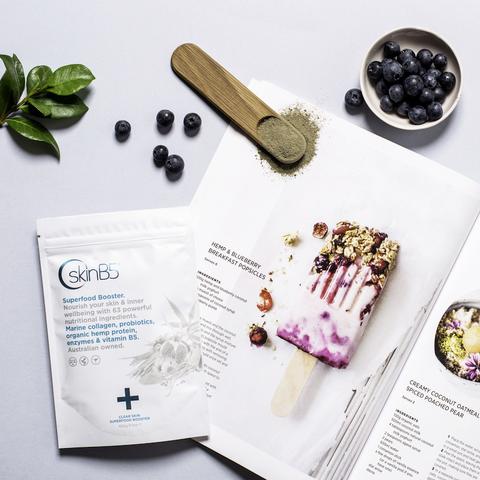
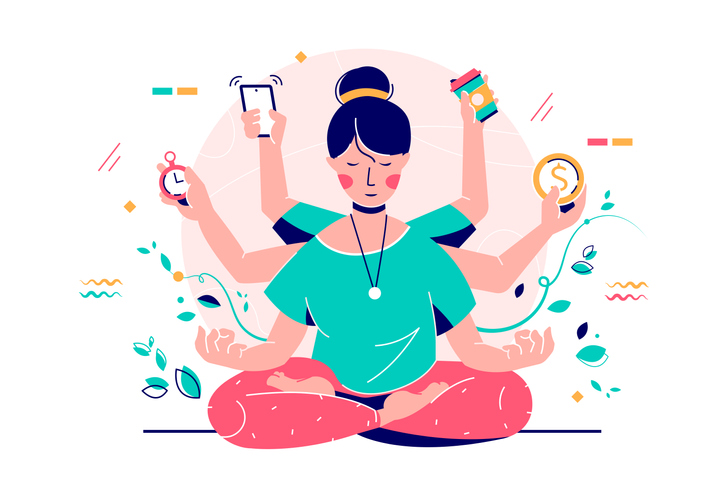

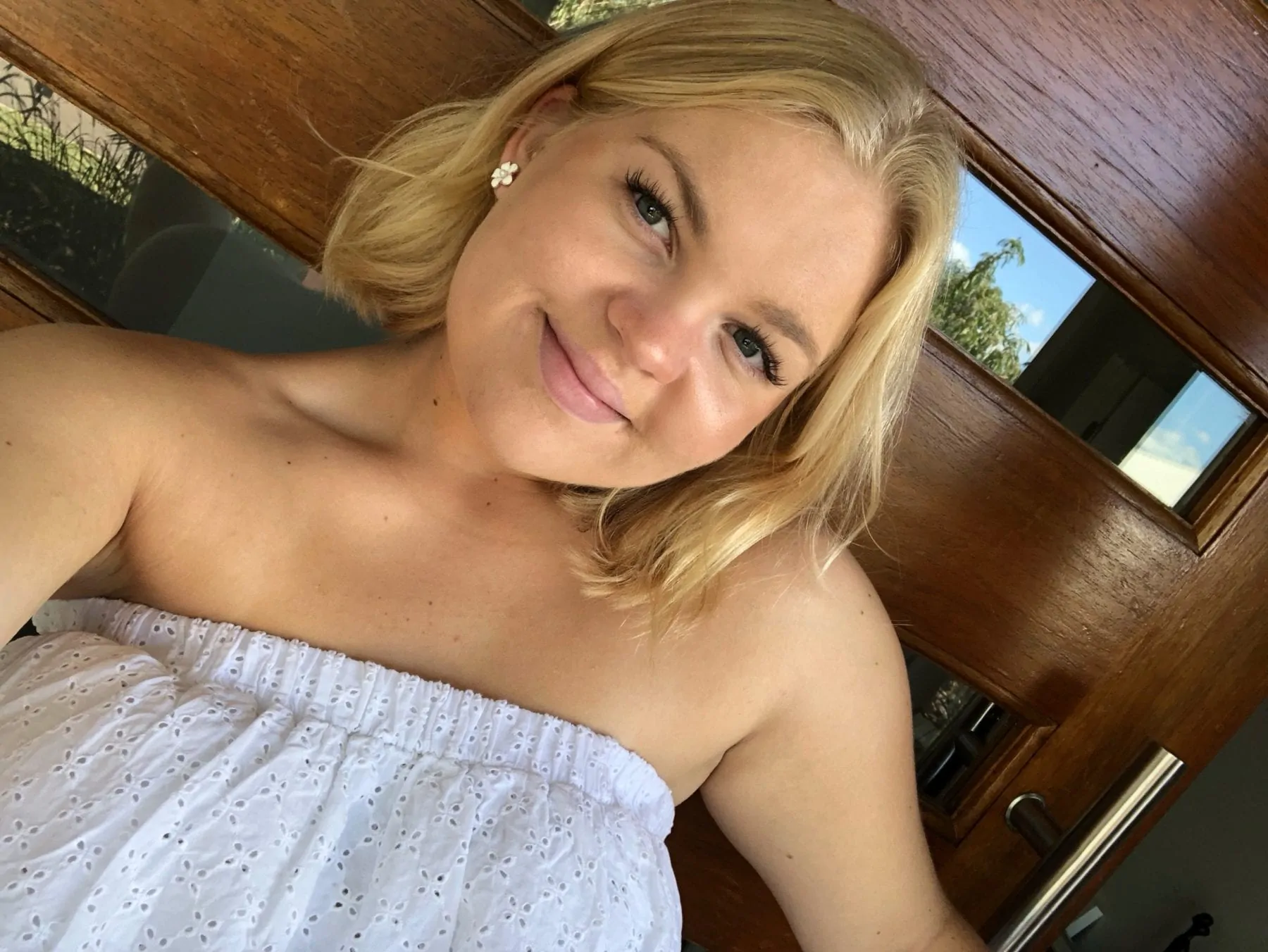
Leave A Comment